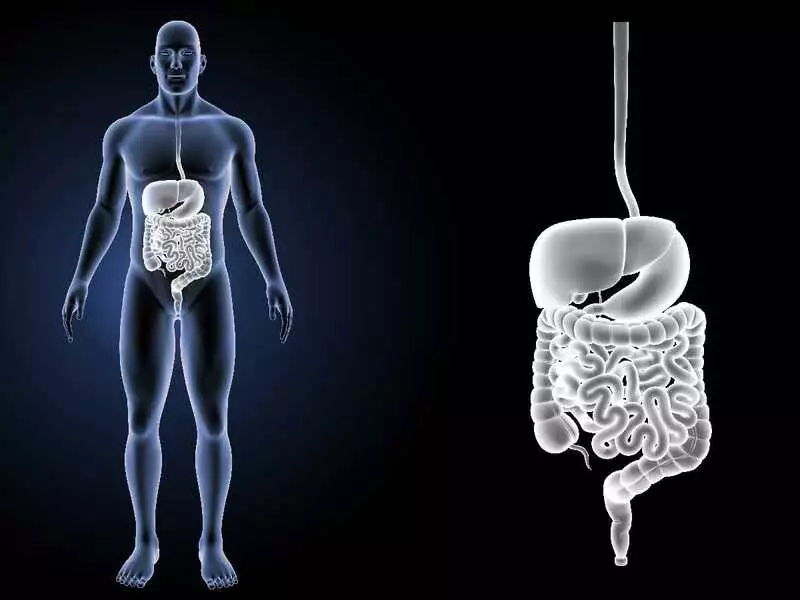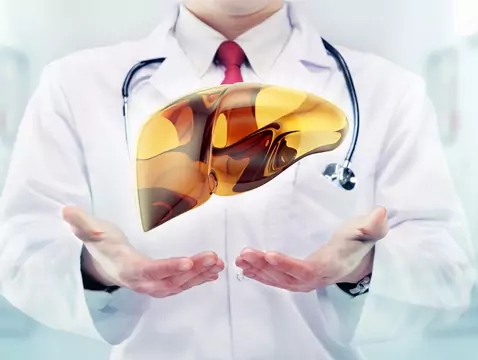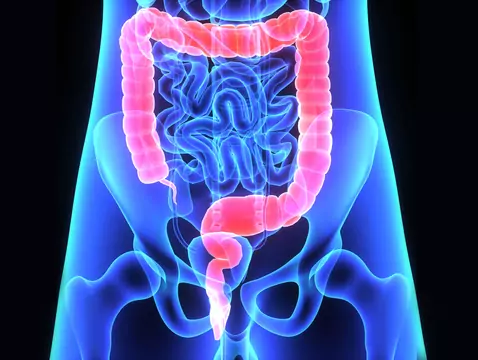Diseases of the intestines are some of the most common conditions found in the population. Due to its direct connection to the outside world (through the oral cavity), the human intestines are exposed to constant contact with many harmful environmental agents that are responsible for the development of diseases such as viral or bacterial diarrhoea, for example. On the other hand, susceptible to damage or toxic agents, the intestines sometimes succumb to neoplastic processes, which in turn can lead to the development of the extremely dangerous colorectal cancer.
Physiology of the digestive system and the colon.
The human digestive system is functionally divided into two parts:
- Gastrointestinal tract - as the name suggests, this is the tube through which food travels from the mouth to the anus. This is where digestion takes place to break down molecules such as proteins, carbohydrates or fats into simple nutrients (amino acids, glucose, fatty acids respectively). A key role in this process is played by the small intestine and the large intestine, where the absorption of the aforementioned components takes place.
- The digestiveglands - the salivary glands, pancreas or liver - these organs support the digestive processes taking place in the digestive tract.
The large intestine, consisting of the colon and rectum, is primarily responsible for the absorption of water and electrolytes as well as the concentration of food residues and the subsequent formation of faeces. It is made up of four layers: the mucosa, submucosa, muscularis membrane and the outermost serous membrane.
Epidemiology of colorectal cancer
Colorectal cancer is the second most common malignancy responsible for deaths in the Polish patient population (after lung cancer). In addition, the number of new cases is steadily increasing, particularly among older patients. The lifetime risk of colorectal cancer in the European population is approximately 5%! It is the third most common malignant tumour, after lung and breast cancer in women and after lung and prostate cancer in men - at the same time, it occurs twice as often in men as in women.
Cancer of the colon and rectum very rarely affects people under the age of 40. After this age, the incidence increases significantly, reaching a peak among patients in the eighth decade of life. The cancer itself most often develops in the terminal segment of the colon, i.e. the sigmoid colon and the rectum.

photo: panthermedia
Risk factors for colorectal cancer - genetics
There are a number of factors with a proven impact on the increased incidence of colorectal cancer. The most important of these are genetic and environmental factors. When a patient has mutations that increase the risk of cancer, we refer to the development of genetically determined bowel cancers, the most common of which are familial polyposis syndromes and hereditary non-polyposis colorectal cancer (Lynch syndrome) .
Familial polyposis syndromes are a group of diseases in which polyps develop in the gastrointestinal tract (usually the large intestine) due to a genetic mutation. Very often polyps, which at the beginning of their development are benign tumours, become malignant. If the polyps are so-called adenomas, the risk of developing cancer by the age of 40 is 100%. Therefore, whenever colorectal cancer is diagnosed in a younger person, the risk of a genetic burden should be suspected. Within the group of polyposis syndromes, the most important disease is familial adenomatous polyposis (ALPP). Other syndromes include Gardner syndrome (where, in addition to colorectal adenomas, ossifying and soft tissue tumours develop) and Turcot syndrome (where central nervous system tumours also develop).
If a patient is diagnosed with any of the familial polyposis syndromes, annual follow-up colonoscopies should be initiated from the age of 10 years. In addition, these patients should receive comprehensive gastroenterological care. This is due to the fact that in more than 90 per cent of patients, adenomas also occur in the stomach and duodenum. The risk of malignant transformation of adenomas in the small intestinal region is approximately 8 per cent over a lifetime.









